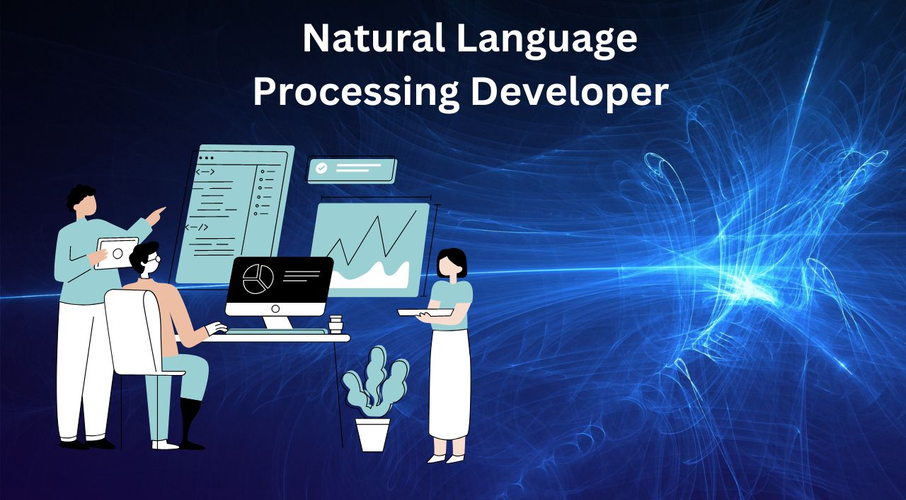The Processing of Natural Languages
What is NLP?
Natural language processing, often known as NLP, is the capability of a computer program to comprehend human language in its well-spoken written text. As compared to traditional Interactive Voice Recognition (IVR) systems, which can only respond to the questions posed in a constrained manner, Natural Language Processing (NLP) is a breakthrough in information technology that makes it possible for these applications to derive meaning from the words considered by voice software technology. However, innovative technical advancements in NLP bring back the debate viewpoint.
For instance, a client of a certain bank might inquire about his most recent transaction, and since the NLP-enabled system is able to detect the phrases “transaction” and “last,” it can obtain the response in a short amount of time. Because of advances in voice recognition technology, assisting consumers and responding to their inquiries, even though landlines, has become far more efficient than in the past. Apple’s virtual personal assistant Siri is the first to combine these two technology advancements into one comprehensive smartphone experience, making it the industry leader in this regard.
The processing of natural languages: how does it work?
During the process of natural language processing, human language is broken down into its component parts. This allows for the grammatical structure of sentences as well as the meaning of individual words to be dissected and comprehended in their appropriate settings. This allows computers to read and comprehend content, whether it be spoken or recorded, in the same manner that people do.
Before natural language processing systems are able to get a hold of human language, there are a few key NLP pre-processing activities that data scientists need to perform:
- Tokenization is the process of dividing a document into individual sentences or smaller semantic elements.
- -tagging refers to the process of designating words as names, adjectives, and pronouns, among other categories.
- The process of standardizing words by decreasing them to their basic forms, known as stemming and lemmatization.
- Stop word removal is the process of filtering out frequent words that provide very little or no more information that is distinctive, such as prepositions and articles (at, to, a, the).
- After this step, natural language processing technologies will finally be able to convert text into something that a computer can comprehend.
There is high demand for a variety of tasks for natural language processing developer India
Including multilingual customer support, native language search apps, and virtual agents and so on .The following are some instances of how companies are putting natural-linguistic programming (NLP) to use:
-
Analyse Feedback from Customers
It is necessary to do an analysis of customer feedback in order to learn what customers think of your product. On the other hand, this data could be challenging to handle. Utilizing qualitative data obtained from online surveys, product evaluations, or postings made on social media platforms, you may receive insights to help enhance your company with the assistance of NLP. Natural language processing developer India helps businesses to integrate the fields of data science, computer science, and linguistics to interpret language and addresses issues with distribution efficiency, such as reaching the correct recipients.
-
Tasks relating to customer support
NLP models are being used in businesses in order to automate laborious and time-consuming processes in sectors like as customer support. This results in procedures that are more efficient, and it frees up more time for agents to concentrate on what really counts, which is providing excellent support experiences. The automation of customer service that is driven by natural language processing encompasses a variety of procedures. These operations range from the routing of tickets to the most suitable agent to the use of Chabot to answer frequently asked questions.
-
Utilization of Chatbot
The use of chatbots by customer service staff to address regular inquiries is becoming more common. This results in a reduction in expenditures, frees up support agents to concentrate on activities that are more satisfying and need more personalisation, and shortens the amount of time that customers must wait.
Bottom Line
Natural language processing represents as quite the promising sectors within machine learning, and it has already prevalent in so many apps that we utilize on frequent basis, ranging from chatbots to search results.
Businesses are automating some of their day-to-day processes and making the most of their unstructured data with the help of natural language processing (NLP). As a result, they are gaining insights that they can put to use to increase customer satisfaction and provide superior experiences for their customers.


